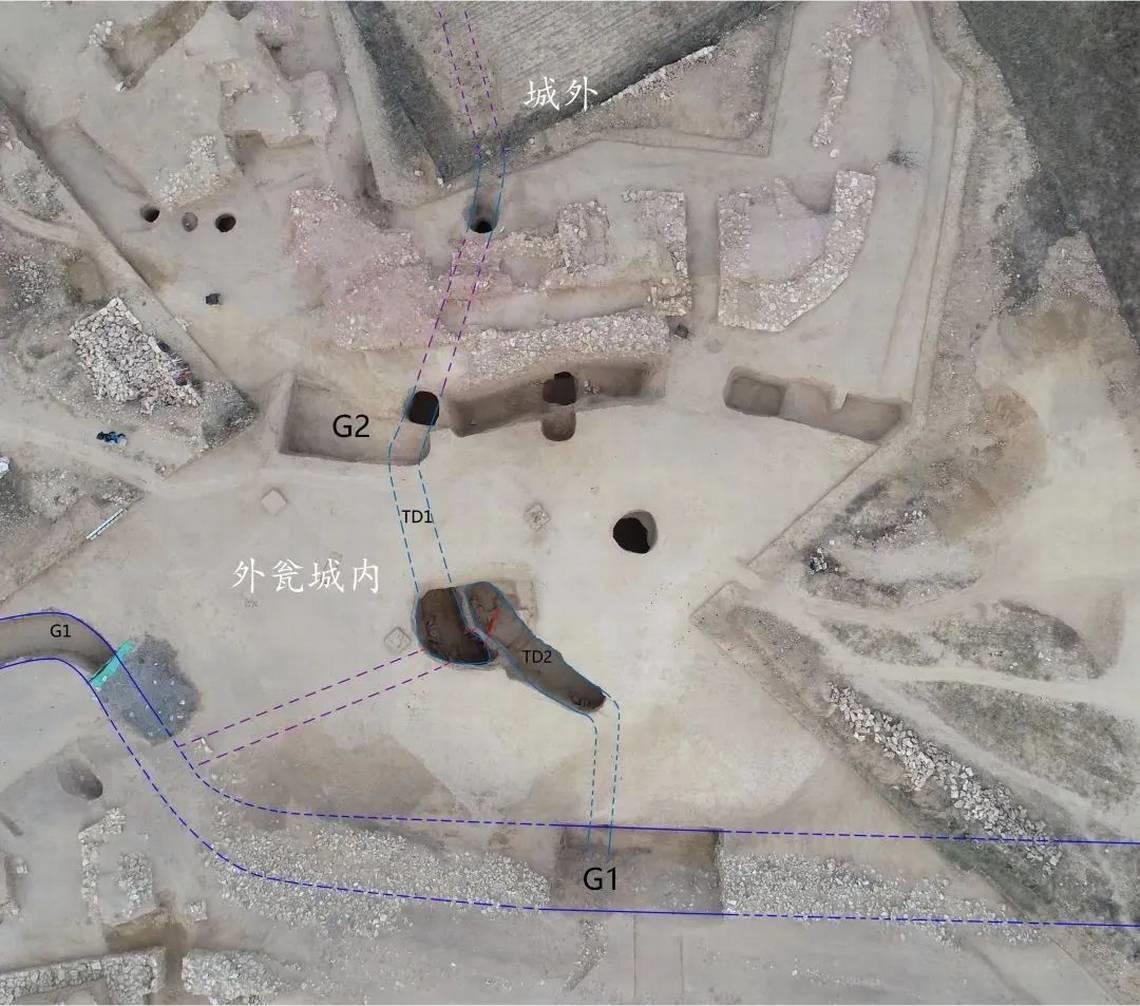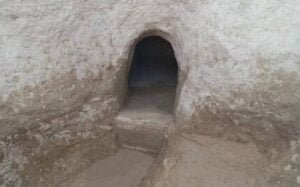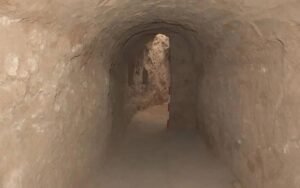by Dario Radley December 29, 2023
Archaeologists conducting excavations at Houchengzui Stone City, situated in the Inner Mongolia Autonomous Region, have uncovered a network of ancient tunnels that date back 4,300 to 4,500 years

A map of the hidden tunnels, the blue dotted lines, labeled TD1 and TD2.
Credit: Chinese Academy of Social Sciences / China Archaeology Network
This sprawling archaeological site, covering approximately 1.38 million square meters, is located on the north bank of the Hun River in Qingshuihe County, Inner Mongolia. The city’s history and significance have been confirmed through meticulous research, making it the highest-ranked, largest in scale, and most tightly defended early Longshan period stone city discovered in Inner Mongolia to date.
The latest excavation efforts, spearheaded by the Institute of Archaeology, Chinese Academy of Social Sciences (CASS), have brought to light a complex triple defense system and an intricate network of underground tunnels.
The discovery was announced by the Institute of Archaeology in collaboration with the Inner Mongolia Autonomous Region Institute of Cultural Relics and Archaeology and the China Archaeology Network.

An entrance to one of the hidden tunnels.
Credit: Chinese Academy of Social Sciences / China Archaeology Network

A view inside one of the passageways.
Credit: Chinese Academy of Social Sciences / China Archaeology Network
The Houchengzui Stone City, shaped like an ellipse, comprises an inner city, an outer city, and a walled gatehouse, extending about 1200 meters in length and 1150 meters in width. The city’s triple defense system revealed through five years of archaeological excavations, consists of the main city wall, main city gate, horse faces, gatehouse walls, terraces, and moats. This elaborate defense structure is categorized into the “inner gatehouse” and “outer gatehouse.”
More:
https://archaeologymag.com/2023/12/underground-tunnels-in-ancient-stone-city-in-china/
 = new reply since forum marked as read
= new reply since forum marked as read


